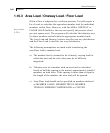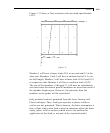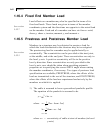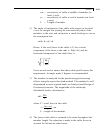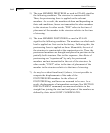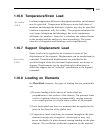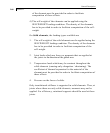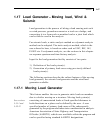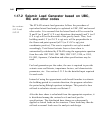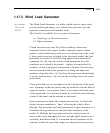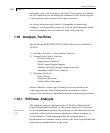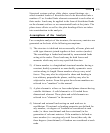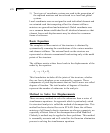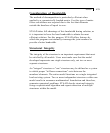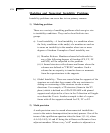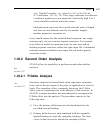
General Description
Section 1
1-68
1.17.2 Seismic Load Generator based on UBC,
IBC and other codes
The STAAD seismic load generator follows the procedure of
equivalent lateral load analysis explained in UBC, IBC and several
other codes. It is assumed that the lateral loads will be exerted in
X and Z (or X and Y if Z is up) directions (horizontal) and Y (or Z
if Z is up) will be the direction of the gravity loads. Thus, for a
building model, Y (or Z if Z is up) axis will be perpendicular to
the floors and point upward (all Y (or Z if Z is up) joint
coordinates positive). The user is required to set up his model
accordingly. Total lateral seismic force or base shear is
automatically calculated by STAAD using the appropriate equation
from the code. IBC 2003, IBC 2000, UBC 1997, 1994, or 1985,
IS:1893, Japanese, Colombian and other specifications may be
used.
See sections
5.31.2 and
5.32.12
For load generation per the codes, the user is required to provide
seismic zone coefficients, importance factors, soil characteristic
parameters, etc. See section 5.31.2 for the detailed input required
for each code.
Instead of using the approximate code based formulas to estimate
the building period in a certain direction, the program calculates
the period using Raleigh quotient technique. This period is then
utilized to calculate seismic coefficient C.
After the base shear is calculated from the appropriate equation, it
is distributed among the various levels and roof per the
specifications. The distributed base shears are subsequently
applied as lateral loads on the structure. These loads may then be
utilized as normal load cases for analysis and design.



